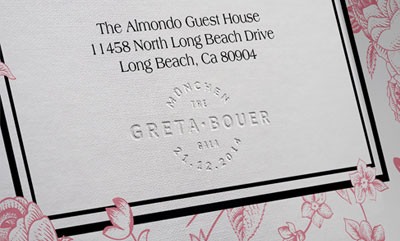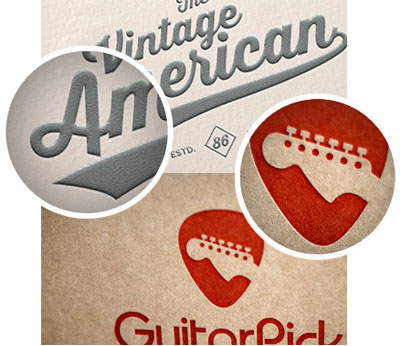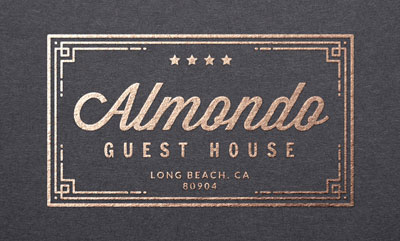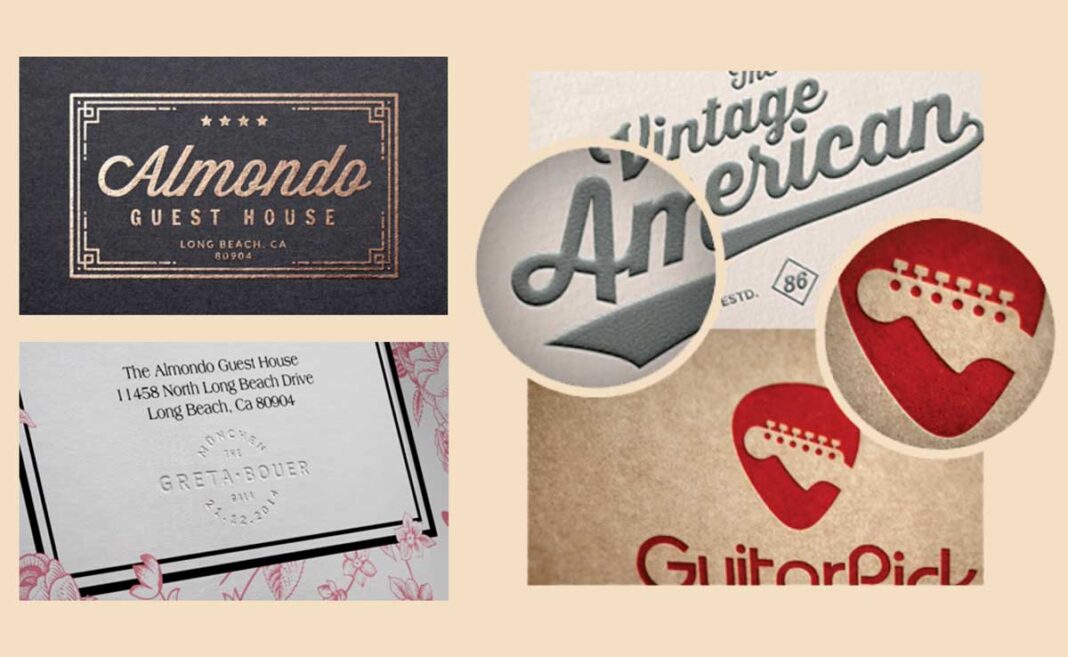Be Bossy with Embossing and Debossing: Beautiful paper and elaborate letterheads may entertain the eye, but they only operate on one dimension. If you’re looking for more depth and variety on your pages, consider embossing or debossing them.
Be Bossy With Embossing and Debossing! Stand Above the Rest
Embossing a page involves putting focused pressure on a target area. It begins by printing ink onto the paper and then pressing the printed area with a die, causing the ink to protrude up from the page. Debossing is the same as embossing except that the die is pressed downwards, causing the image to recede rather than to rise up.

Embossing and debossing can be performed on most types of paper and cardboard, but the thickness of the sheet determines how detailed the embossing job can be. Thinner sheets allow you to impress more detailed designs, but they also run the risk of breaking under the pressure of the die. On the other hand, thick sheets are unlikely to break, but they can only have simple designs printed on them.
Through these, you can differentiate the information on your documents, providing an alternative to the italics and bold print that most companies use to set words apart. By embossing certain words and giving them a special effect, you can guide your readers’ eyes towards the key information you want to stand out.
Besides ink, you can also emboss and deboss metallic foil into your documents, giving your pages a bright, colorful sheen that ordinary paper can’t offer. Foil embossing and debossing, also known as combination stamping, can be used to place emphasis on words, to create more varied illustrations, or simply to decorate the margins of the page.

Another decorative option is blind embossing and debossing, which involves putting pressure on blank sections of the paper. Whereas ink and foil methods call attention to the image they’re impressing, blind methods give your paper more subtle distinctions. If you want to include a corporate logo on your document, blind embossing is the method of choice, as it puts the image in your reader’s mind without seeming obvious or out of place. You can also use these methods to add a terrain to your paper, giving readers a more varied tactile experience than ordinary paper and cardboard can offer.

Whether you seek to make your documents easier to understand, insert subtle information, or simply add beauty and distinction to your pages, embossing and debossing add a new range of ways to distinguish your prints.


